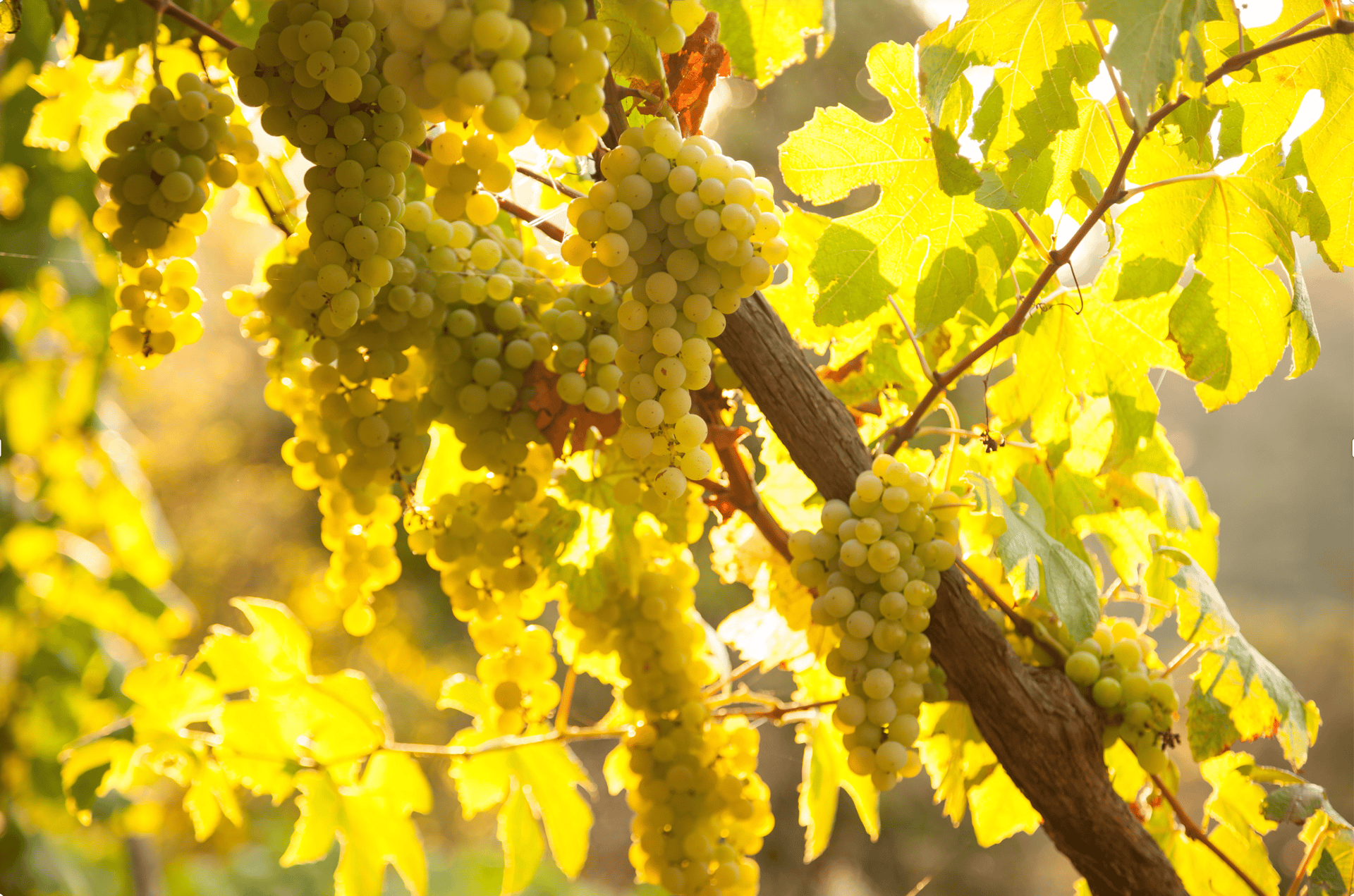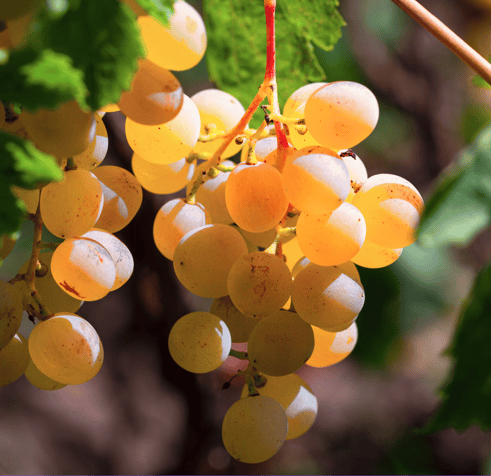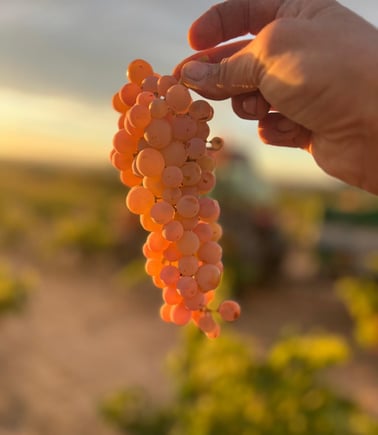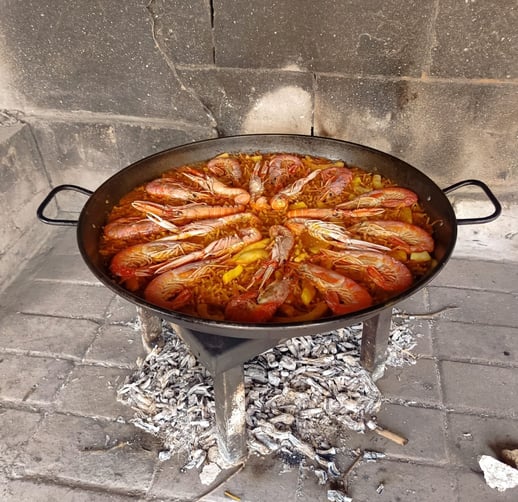
Tardana


Tardana’s late maturation period makes it stand out from other white varieties. Its thick skin not only helps the grape ripen more slowly but also provides resilience against extreme weather conditions, making it a robust and adaptable variety. While Tardana may not yet enjoy the fame of its red counterpart, Bobal, it is steadily gaining recognition for its ability to produce wines with both freshness and depth.
Tardana wines offer a medium body and a beautiful balance between crisp acidity and a smooth, rounded mouthfeel. This combination gives the wines structure and an inviting, refreshing finish that lingers on the palate. One of the grape’s standout qualities is its remarkable persistence of flavor, with fruit concentration and acidity that continue to echo long after the wine has been swallowed. As Tardana wines age, they develop added complexity, evolving into bottles with deeper mineral and nutty notes, and sometimes even a waxy texture that enhances their elegance.


Tardana is a rare gem in the world of Spanish wines, quietly making its mark as one of the most exciting white grape varieties from the Levant. Native to the Utiel-Requena region in Spain, Tardana thrives in the unique climate of this Denominación de Origen (DO), where the hot, dry days are balanced by cooler nights. This temperature variation is key to preserving the grape’s vibrant freshness while allowing it to mature slowly and fully. The result? Wines that are a perfect reflection of their terroir—vibrant, complex, and full of character.
The Grape and Its Potential
Tardana wines capture the essence of the Utiel-Requena region, offering an aromatic profile that is both fresh and intriguing. In the glass, they reveal delicate straw-yellow hues with golden reflections that deepen as the wine ages. On the nose, expect a delightful bouquet of citrus fruits like lemon and grapefruit, stone fruits such as peach and apricot, and floral notes of white flowers. There’s also a subtle herbal edge, with hints of fresh grass and a faint minerality that adds depth. As the wine evolves, a touch of almond or a hint of spiciness may emerge, enhancing the complexity and intrigue.
Though Tardana is not as widely planted as other Spanish white grapes, its potential is being increasingly recognized by winemakers, especially those who embrace both traditional and modern techniques. The grape’s versatility allows it to be crafted into a variety of styles, from fresh, unoaked wines to more complex offerings aged in oak barrels, each showcasing different aspects of its personality. With a growing interest in preserving and promoting indigenous Spanish varieties, Tardana’s reputation is steadily expanding beyond the borders of Utiel-Requena, drawing the attention of wine enthusiasts eager to explore unique, lesser-known wines.
Aromatic Elegance
Tardana is not just a wine for sipping—it's a perfect companion for a wide range of delicious dishes. Its crisp acidity and balanced fruitiness make it ideal for pairing with fresh seafood, such as grilled shrimp or a delicate fish ceviche. It also pairs beautifully with poultry, especially roasted chicken or turkey, and its bright profile is fantastic with Mediterranean dishes like grilled vegetables, paella, or creamy risottos. For cheese lovers, Tardana’s freshness and subtle nutty notes make it an excellent match for soft cheeses like goat cheese or Manchego, as well as fresh salads with tangy vinaigrettes.
Whether you're enjoying it with a light lunch or sipping it on a warm evening, Tardana is a wine that invites discovery, offering a delightful combination of freshness, complexity, and a true sense of place. As more people experience this hidden treasure, Tardana is sure to become a standout variety in the world of Spanish white wines, and a must-try for those seeking something truly special.
Food Pairings






